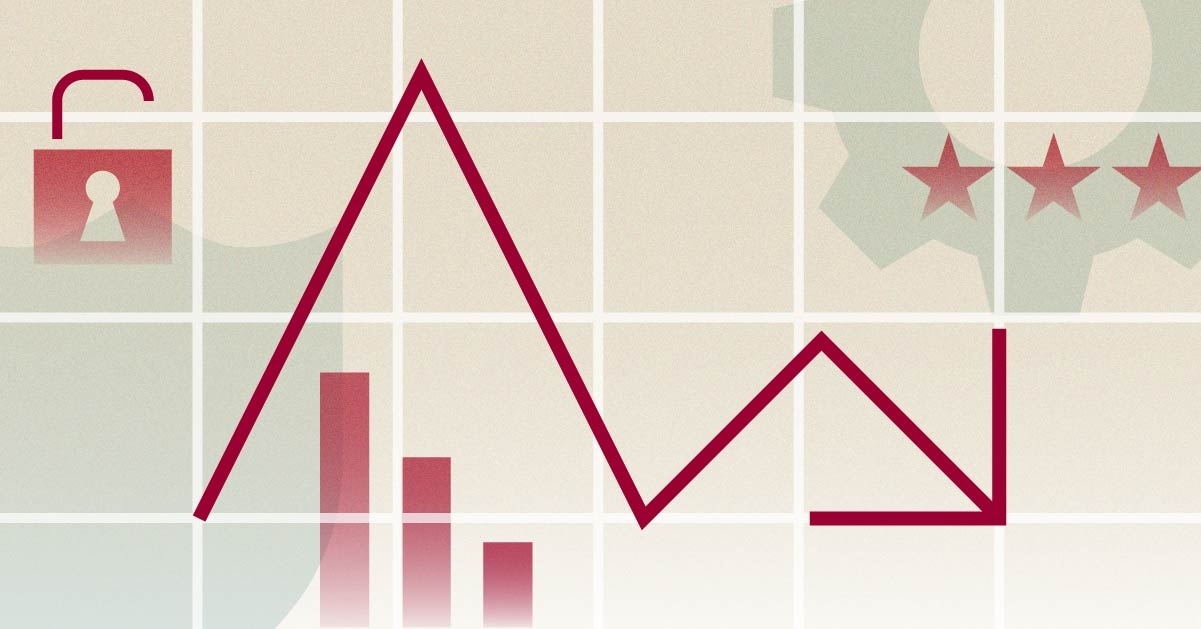Morningstar's "Perspectives" series features investment insights from third-party contributors. Here, Ed Smith of Rathbones reflects on Sunday's general election in Japan.

Prime Minister Shinzo Abe’s gamble on a snap election paid off. And with it he has secured a longer-term for his programme of reform and reflation. Victory all but guarantees Abe’s premiership continues after the leadership elections in September 2018, which would make him Japan’s longest serving Prime Minister.
Certainly, it is still too early to say that Abe has successfully revived Japan’s economy. Companies are still reluctant to raise wages, while both companies and households are unwilling to borrow and invest in the future. Yet we believe it is wrong to write off ‘Abenomics’ as a failure, as so many are still doing. But Abe has passed many important reforms that should start to improve growth from this year on, and which continue to underpin our overweight to Japan.
Just to recap, Abe’s strategy consists of "three arrows" – an allusion to a story from Japanese folklore in which a father demonstrates to his three sons how one arrow can be snapped easily, but three held together are unbreakable. His first arrow is monetary stimulus and currency devaluation aimed at achieving a 2% inflation target. The second is a flexible but stimulatory fiscal policy, and the third, a growth strategy focusing on structural reform to increase human capital, physical capital and productivity.
Declarations of failure too often ignore the allusion and consider the first arrow only. For sure, inflation ebbed away again last year, despite continuing monetary stimulus and this is very disappointing. But too many critics stop here. While one cannot possibly argue that the first arrow has reached terminal velocity, the other two arrows are much closer to target.
Despite a rate of inflation stuck below 0.5% for most of the last two and a half years, inflation expectations have held firm, and more people have expected prices to rise than fall consistently since 2013 – a rare streak for Japan.
Revolution in the Board Room
As investors, Abe’s campaign to improve the way companies are run and shareholder returns piqued our interest particularly. If you spoke with a Japanese fund manager ten years ago, they would tell you that a very large number of listed companies simply were not run in shareholders’ interests, and were therefore de facto uninvestible. The Stewardship Code and the Corporate Governance Code has changed that. Since Abe’s initial election in 2012, Return on Equity in Japan has risen by more than 4%, while it has actually fallen for global listed companies as a whole, although Japan still has more to do to catch up.
Many companies are committing to Return on Equity targets for the first time in their histories. Total dividends paid out by companies in the MSCI Japan index have increased 73% versus just 31% for the MSCI World. Abe’s reforms and his government’s activism have led to much greater interaction between investors and shareholders.
Combatting Ageing
Everyone knows that Japan’s aging population hinders economic growth – it’s much harder to increase your output with fewer workers. But reforms are helping here too. Foreign workers still only account for 1.5% of the population and there is plenty of scope for expanding migration given record low unemployment and acute skills shortages.
Abe has said that Japan should put more Japanese women and older men to work first and immigrants second, but there is plenty of scope to do both given Japan’s shrinking population. Despite being rather socially conservative, Abe has attacked both the patriarchal culture and the availability of childcare, even penning op-eds in the Japan Times that borrow phrases such as “the glass ceiling” from feminist organisers.
From April 2016, large firms were required to disclose gender diversity action plans and female employment data. When Abe was elected only 8% of members of the lower house were women; he has set a loose target of 30% by 2020. In 2012 there were a reported 400,000 children on day-care wait lists, preventing many mothers from returning to work. Abe intends to increase day-care capacity by 400,000 by the end of 2017. He also intends to raise wages for childcare givers in order to support that aim.
Almost two million more women are employed today than when Abe took over. However, although data are not available in a timely manner, various sources suggest that a disproportionate number have gone into part time or temporary contracts, and this may be less a revolution than an expedient response to intensifying labour shortages.
Cutting Taxes
Abe has also tackled corporate taxes. He inherited a corporate income tax rate of 30%, 39.5% when one took into account sub-national taxation, one of the highest in the developed world. Today the headline rate is 23.4%, and sub-national taxes have reduced too to a combined 30%. Meanwhile, the launch of a taxpayer ID system for individuals and enterprise taxation for corporates has broadened the tax revenue base, helping Abe’s second arrow.
Profiting from the Asian Tourist
While taxation is a broad reform, others are specific to certain sectors. Take tourism for example. In the ten years before Abe’s election, the number of international tourists visiting Japan grew at just 4.3% a year, despite the exponential growth of Chinese tourists worldwide, from 17 million to 83 million. Korea grew its inbound tourist headcount at double Japan’s rate.
Since Abe, Japan’s inbound tourism has almost tripled, growing faster than the continuing explosion of Chinese tourism abroad, and attracting far more visitors than Korea over that period. This is in no small part policy driven. Visa deregulation has expedited access for Chinese, Thai and Malaysian visitors; the ‘open sky’ agreement permitted many more flights to take off and land from Tokyo. And there is further deregulation in the pipeline.
Too many foreign investors still write off Japan. Earnings and dividend growth has been much, much higher in Japan than Europe or the US since 2013 – and this year against a backdrop of a stronger Yen – but this hasn’t altered sentiment. Japan has generated the highest rate of GDP per capita growth since the financial crisis, but that hasn’t shifted opinion either. 2016 saw the largest amount of net outflows by foreigners since 2008 and net inflows this year have been next to nothing. Scepticism is looking increasingly counterfactual.
Disclaimer
The views contained herein are those of the author(s) and not necessarily those of Morningstar. If you are interested in Morningstar featuring on our website, please email submissions to UKEditorial@morningstar.com


























